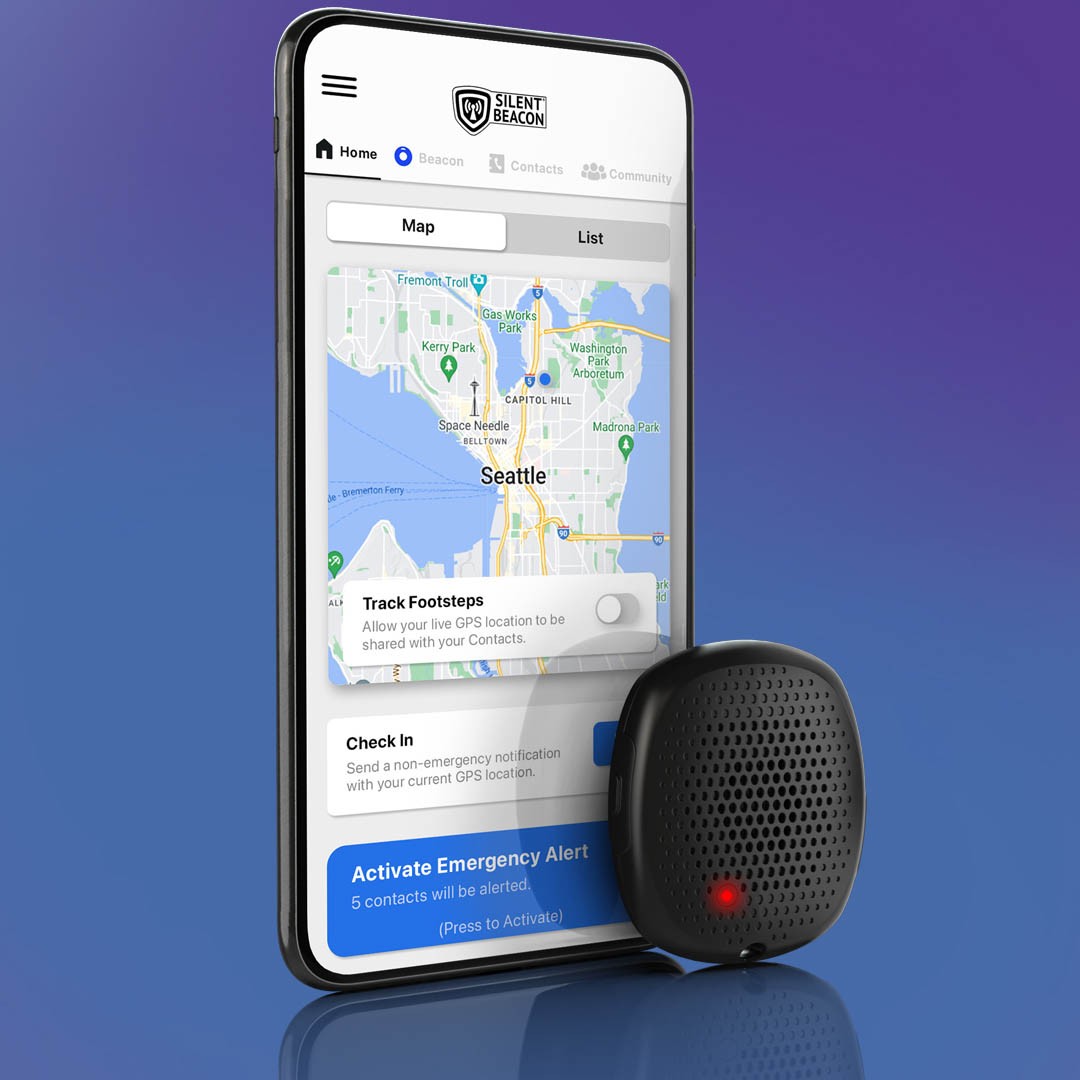As workplace violence and legal risks continue to rise, one thing is clear: businesses that prioritize employee safety will not only reduce liability but also foster a more secure, productive, and trusted work environment.
Workplace violence isn’t a rare tragedy—it’s an unfortunate reality. Employers can no longer afford to treat safety as an afterthought, especially as legal and financial risks mount. From healthcare workers and rideshare drivers to real estate agents and hospitality staff, millions operate in high-risk environments, often alone and without immediate access to help. And the consequences? Lawsuits, regulatory penalties, and reputational damage. In 2023 alone, there were over 5,000 fatal work injuries in the United States.
Legislation is catching up—but businesses can’t afford to wait. As workplace violence and injuries escalate, states are stepping in with new laws requiring panic buttons and other safety measures for at-risk workers. New York, Illinois, Washington, and several others have passed legislation aimed at protecting employees, and more states are expected to follow. But relying on legal mandates isn’t enough—every business, regardless of industry or location, must take proactive steps to safeguard its workforce.
Not sure where to start? This article breaks down the key risks, evolving legislation, and practical safety measures that can help businesses take action now—before they’re forced to by law or, worse, by tragedy.
Workplace Violence: A Growing Legal Concern
The statistics paint a sobering picture:
- 73% of all workplace violence injuries happen in healthcare, with nurses and aides five times more likely to be assaulted than workers in any other field.
- One in four real estate agents say they have feared for their personal safety during a showing.
- Rideshare and delivery drivers face a surge in violent attacks—carjackings, assaults, and homicides. A CCJ study found carjackings in 10 major cities increased by 93% between 2019 to 2023.
- Janitors, housekeepers, and hotel staff—many of them working overnight shifts—report rising incidents of harassment, threats, and violence, often without access to immediate help.
These trends have legal implications. Businesses that fail to recognize and mitigate workplace violence risks can be held liable for negligence, particularly if an incident could have been prevented with proper safety measures.
“Employers have a legal duty to provide a safe workplace,” says Kenny Kelley, safety advocate and founder of Silent Beacon, a wearable panic button that connects directly to emergency services. “When companies neglect employee safety, they’re not just risking lives—they’re risking lawsuits.”
When 911 Isn’t Fast Enough: The Role of Panic Button Laws
As workplace violence rises, states are stepping in where federal regulations have lagged behind. New York, Illinois, Washington, and several other states have enacted panic button laws to protect vulnerable workers, setting a precedent for nationwide reform.
- New York mandates panic buttons for hotel staff and will expand the requirement to retail employees by 2027.
- Illinois extends protections to casino and hospitality workers, ensuring they have immediate access to emergency help.
- Washington has taken a broader approach, requiring panic buttons across multiple industries, including property services and retail.
- New Jersey, Pennsylvania, Texas, and Utah have introduced similar protections, recognizing the growing safety risks faced by workers.
“These laws acknowledge the reality that many workers face—when danger strikes, calling 911 isn’t always an option,” Kelley explains. “Panic buttons provide an immediate lifeline, ensuring that help arrives faster and that employers are fulfilling their duty of care.”
The Legal and Financial Risk of Inaction
Ignoring workplace safety isn’t just unethical—it’s expensive. Companies that fail to protect workers risk substantial legal and financial consequences:
- Negligence Lawsuits: If an employer fails to take reasonable steps to ensure workplace safety, they can be held legally liable for employee injuries or fatalities.
- OSHA Penalties: Workplace safety violations can result in fines exceeding $150,000 per violation, in addition to legal fees and mandated corrective actions.
- Workers’ Compensation Claims: Assault-related workplace injuries lead to millions in workers’ comp payouts annually, impacting businesses financially and operationally.
- Reputation Damage: Negative press and public outcry over preventable workplace violence can permanently tarnish a company’s reputation, leading to lost revenue and employee turnover.
Proactive Solutions: How Employers Can Protect Their Workforce
To avoid lawsuits and enhance worker safety, businesses must adopt a proactive, rather than reactive, approach. Here’s how:
- Implement Panic Button Technology: Devices like Silent Beacon provide instant, direct-to-911 communication, ensuring workers can discreetly call for help even if they can’t access their phone.
- Comply with Emerging Legislation: Stay ahead of state and federal workplace safety laws, implementing panic button policies before mandates take effect.
- Conduct Regular Safety Training: Employees should be trained on threat assessment, de-escalation techniques, and emergency response protocols.
- Invest in Workplace Security Measures: Surveillance systems, security personnel, and controlled access points deter potential threats.
- Establish Clear Safety Policies: Employers should document and enforce procedures for handling threats, reporting incidents, and ensuring rapid response times.
The Future of Workplace Safety: Advocacy and Legal Reform

While some states have taken action, a national standard for workplace safety is still lacking. Kelley and other advocates are calling for federal panic button legislation that would protect at-risk workers across all industries.
“Personal safety shouldn’t be a privilege—it should be a right,” Kelley emphasizes. “Employers, lawmakers, and technology leaders must work together to ensure that every worker, no matter their job, has access to immediate help when they need it.”
As workplace violence and legal risks continue to rise, one thing is clear: businesses that prioritize employee safety will not only reduce liability but also foster a more secure, productive, and trusted work environment. The time for action is now—because failing to act could come at too high a price.

Join the conversation!